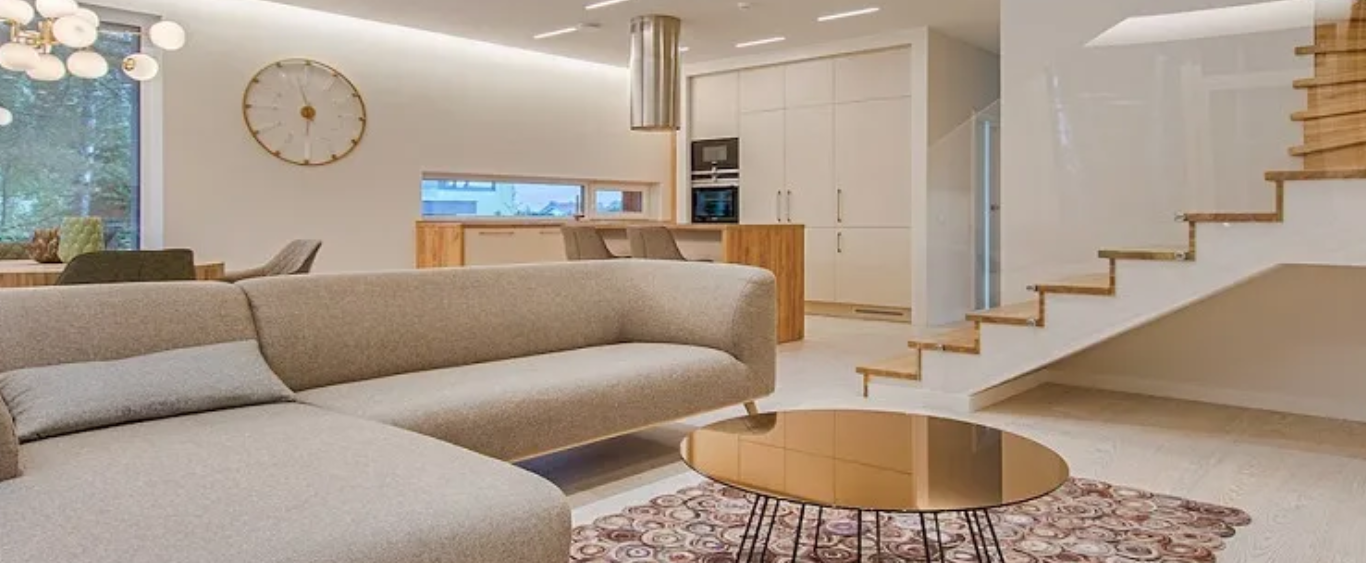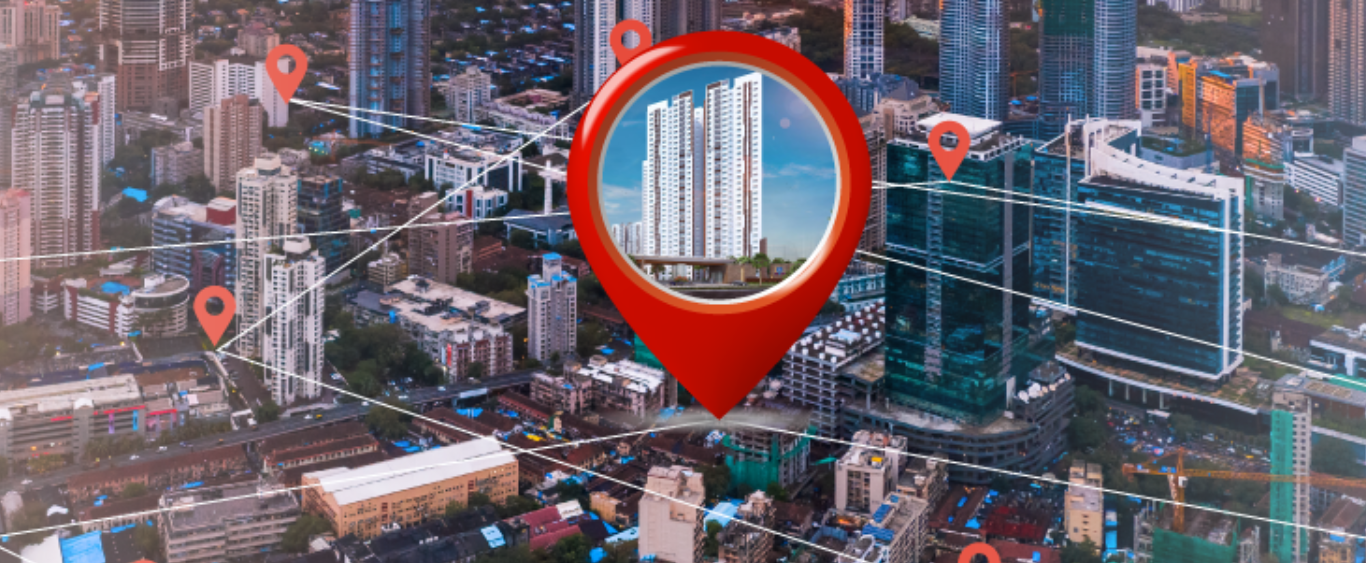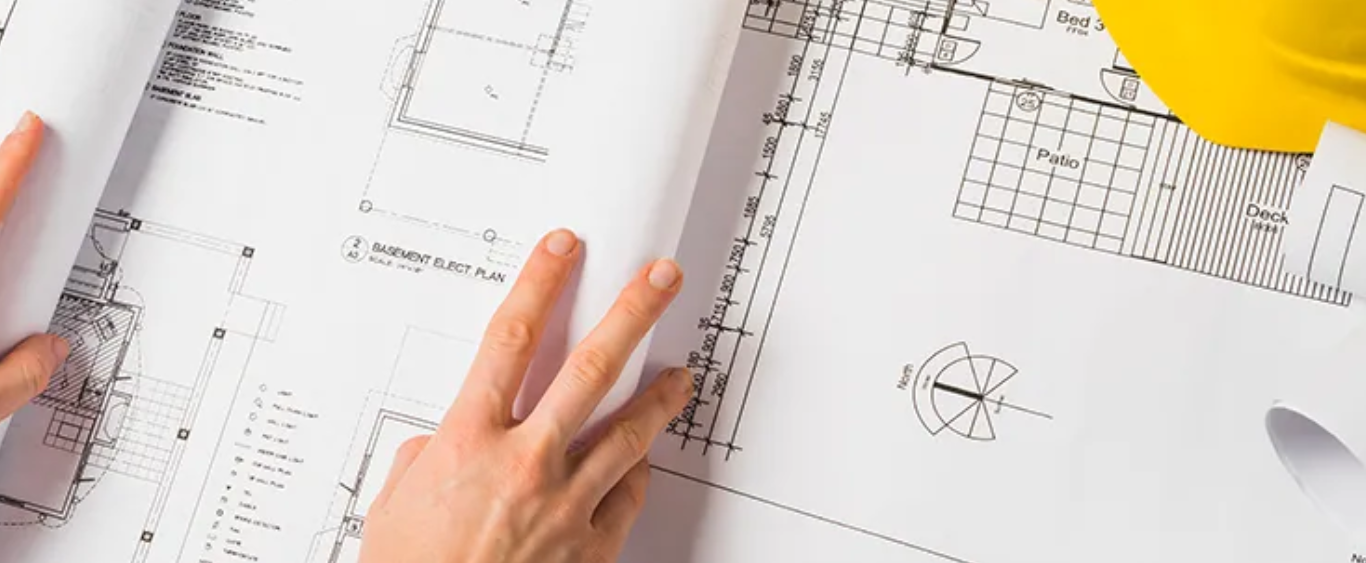India’s infrastructure and real estate growth has been exponential over the past decade. This has propelled India to be one of the fastest-growing economies in the world in spite of the unprecedented circumstances of last year. The infrastructure sector has reinvented itself numerous times amidst previous economic slowdowns, and it must do so again in 2021.
Adoption of New Technology
To regain its previous growth trajectory in 2021, the infrastructure sector will have to accelerate the adoption of technology to optimally utilise resources. Best practices in construction technology must be designed that increase efficiency and mitigate risk. Modular construction, such as Mivan technology and other formwork systems, will become the norm especially with the rapid growth of the affordable housing segment. The use of automation, artificial intelligence, and big data will also be heavily employed in construction practices. These new technologies will enable developers to streamline construction practices while minimising maintenance lifecycle costs and increasing labour productivity.
Sustainable Construction
The global impact of the construction industry means that the top priority is to create buildings both sustainably and efficiently. Increasingly, developers are utilising eco-friendly materials and integrating natural sources of energy into architectural design such as rainwater harvesting, waste management and solar power. Energy modelling tools can optimise a building’s architecture and layout, so efficiency is integrated into the design. This improves the operational efficiency of the buildings and promotes conservation of natural resources. Drone footage of construction sites, combined with advanced analysis and design methodologies, will allow the efficient construction of buildings with minimal environmental impact. As consumers shift their focus towards health and wellness, this trend will only continue.
Integrated Townships and Suburban Development
Integrated townships are the future of India’s urban planning initiatives. Townships provide a solution to many urbanisation challenges such as traffic congestion. They offer residents a holistic blend of housing with modern amenities, open spaces and easy connectivity to commercial centres. With integrated townships as the cornerstone, the suburbs of major cities will see more demand given their relative safety, lower prices and expansion of industries into these areas.
Work From Home Facilities
The increasing preference for Work From Home facilities will influence architecture design for both homes and offices. Homes will require new layouts with separate areas for workspaces. Office layouts will need to be streamlined as more people opt for remote working. Smart automation systems will be increasingly adopted for added convenience.
Affordable Housing
The availability of affordable housing is critical to the sector’s revival in 2021. Many potential home buyers may not want to commit a significant amount of money in the midst of uncertainty, but still want the benefit of a secure long-term investment. Affordable housing projects can incentivise potential buyers and widen the market opportunity, thus increasing demand. With its infrastructure status and the Government’s support, affordable housing is the most incentivised segment for both developers and buyers.
Recommended blogs







